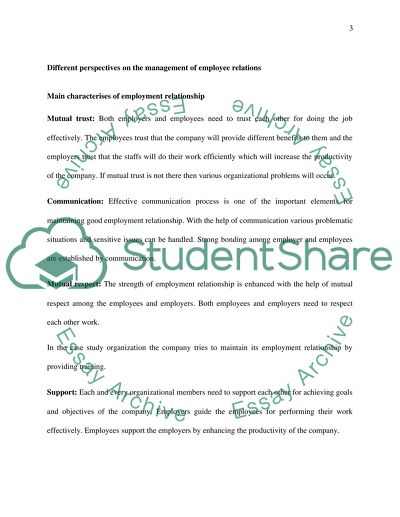Cite this document
(“Employee Relations Evaluation Report Essay Example | Topics and Well Written Essays - 3000 words”, n.d.)
Retrieved from https://studentshare.org/human-resources/1692443-employee-relations-evaluation-report
Retrieved from https://studentshare.org/human-resources/1692443-employee-relations-evaluation-report
(Employee Relations Evaluation Report Essay Example | Topics and Well Written Essays - 3000 Words)
https://studentshare.org/human-resources/1692443-employee-relations-evaluation-report.
https://studentshare.org/human-resources/1692443-employee-relations-evaluation-report.
“Employee Relations Evaluation Report Essay Example | Topics and Well Written Essays - 3000 Words”, n.d. https://studentshare.org/human-resources/1692443-employee-relations-evaluation-report.


